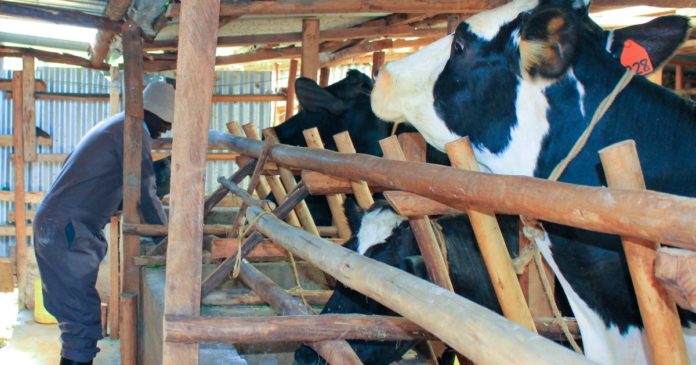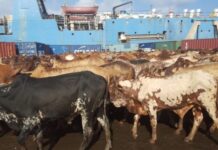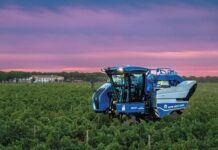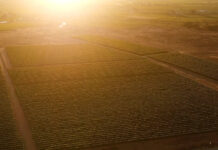Karlo’s dairy institute in Kenya has been selected as a centre of excellence for its role in livestock research.
The Association for Strengthening Agricultural Research in Eastern and Central Africa recognised the institute as one of the most established institutions in the region. This is in terms of infrastructure and human resource that goes into developing technologies and management of practices of dairy production. Evans Ilatsia, director Dairy Research Institute- Kalro Naivasha, said the institute is the focal point of most of the livestock research programmes in the region.
“We have farmers from Rwanda and Tanzania interested in the genetic resource and recently South Sudan which has ordered for semen for Sahiwal,” Ilatsia said.
Kalro’s dairy institute
Kalro’s dairy institute is famous for improved breeds suitable for dry areas. The institute is located 100km from Nairobi along the Nakuru- Nairobi highway. +The Kenya Agricultural and Livestock Research Organistaion Dairy Research Institute has centres in Naivasha, Ol Joro Orok and Msabaha.
Ilatsia says the institute has a history for strategic research in development of dairy breeds targeting smallholder farmers and pastoral communities. The director said one of the technologies the centre has developed is the Sahiwal and Sahiwal crosses, which feed under low rainfall systems.
Sahiwal cattle are indigenous to Pakistan and India and were imported to Kenya between 1930 and 1940. The breed is developed as a dual-purpose breed and is utilised for beef and dairy in smallholder farming systems especially in marginal areas.
The Sahiwal is purely a zebu breed which can produce about 15 litres of milk with minimal feeding. The colour ranges from reddish brown to the more predominant red, with varying amounts of white on the neck and the underline. It is resistant to diseases such as the foot and mouth, ticks and tolerant to heat.








